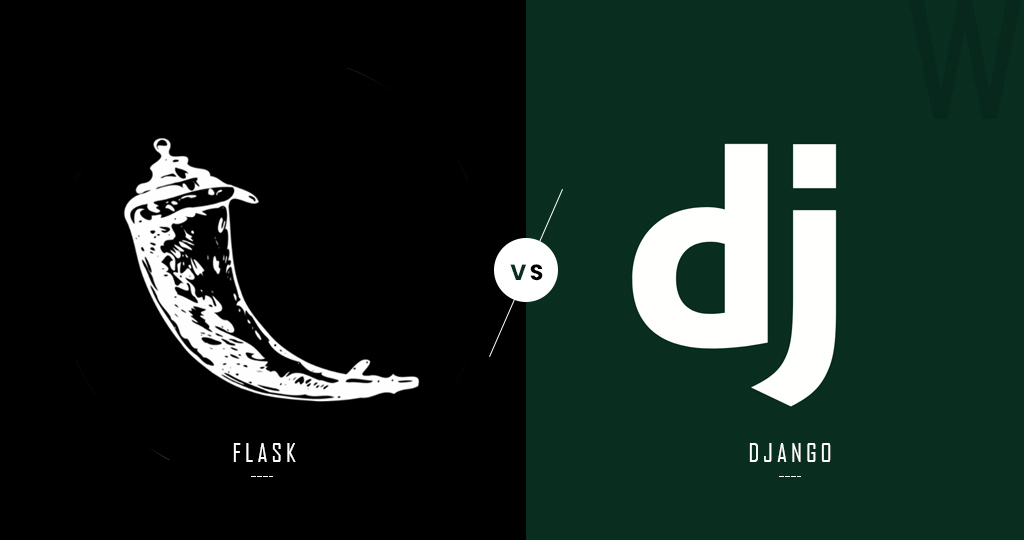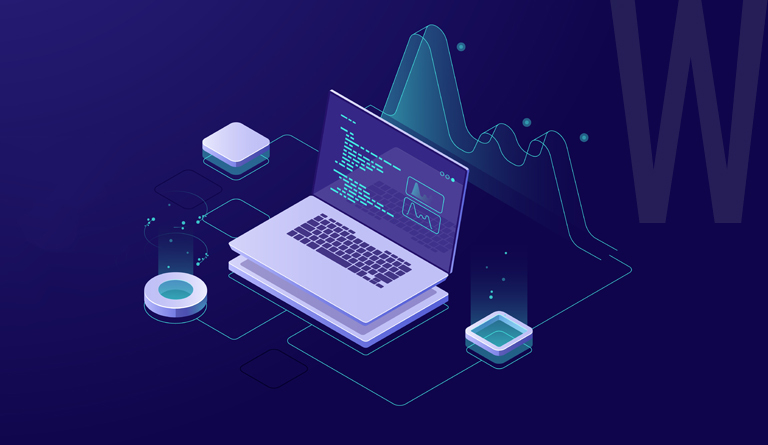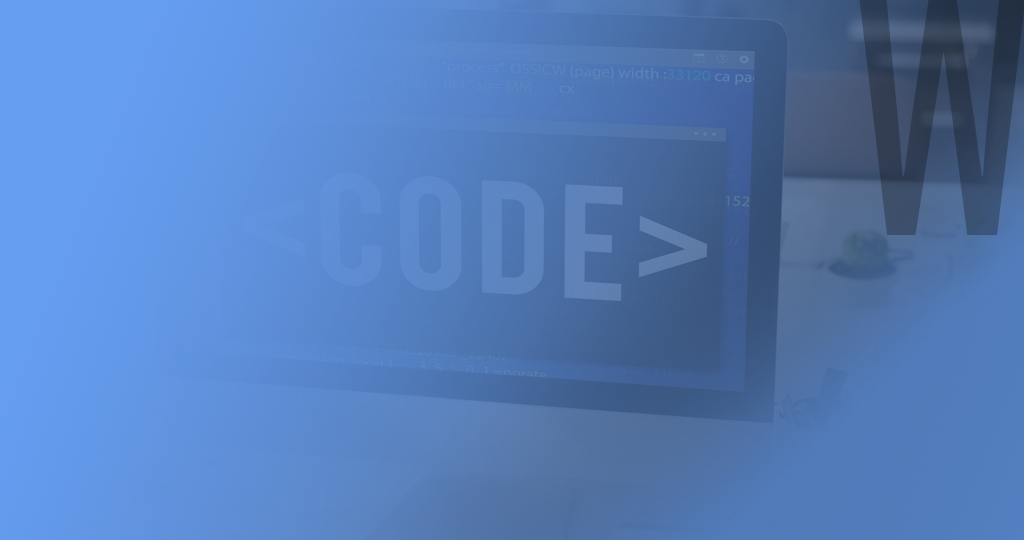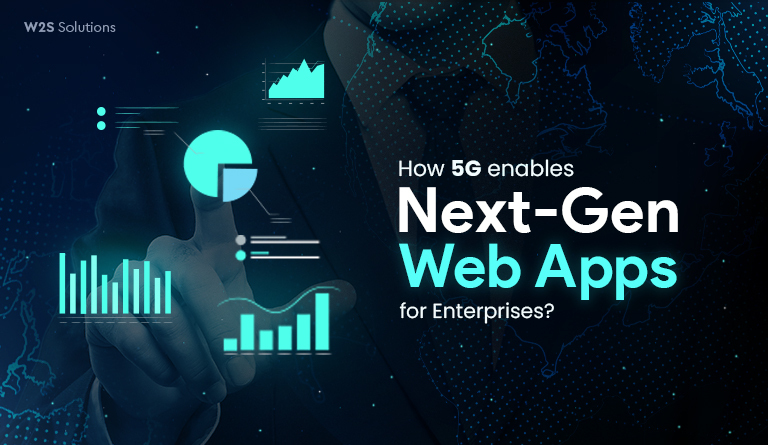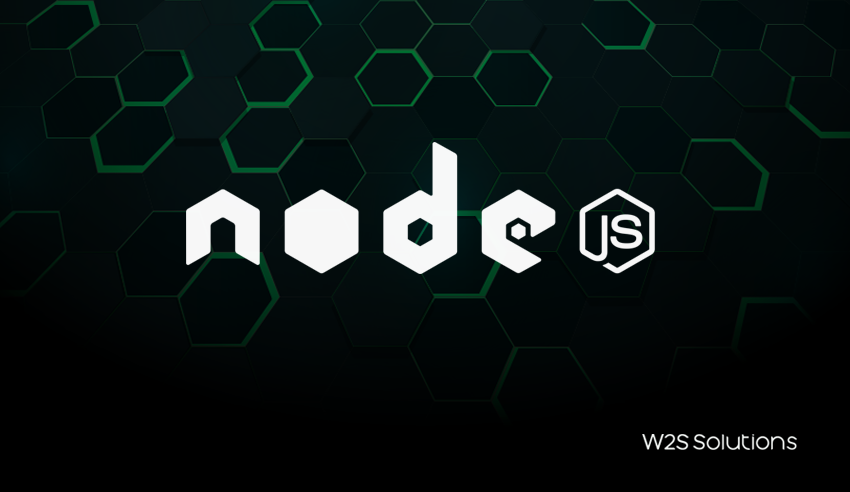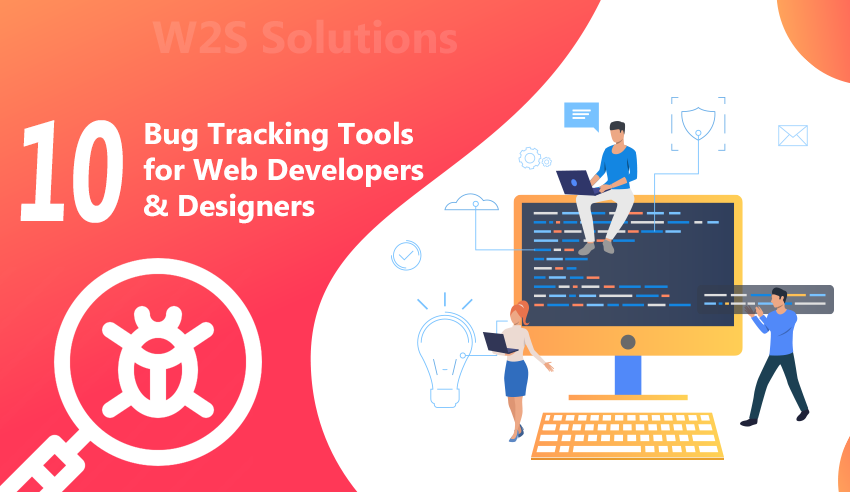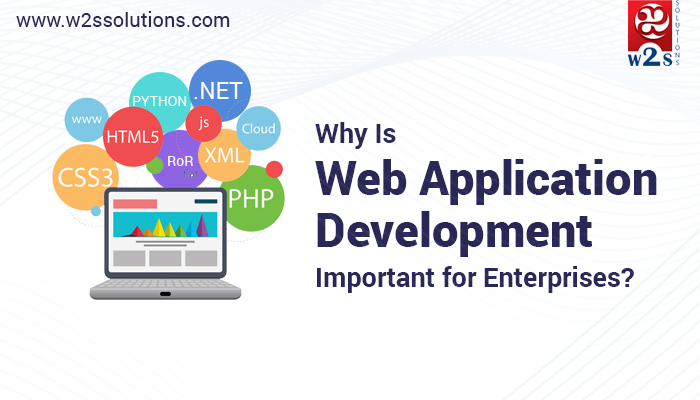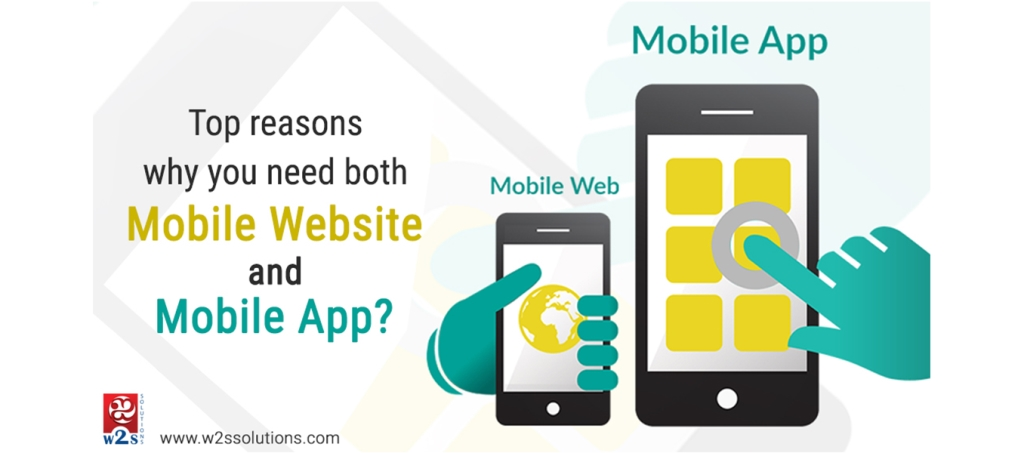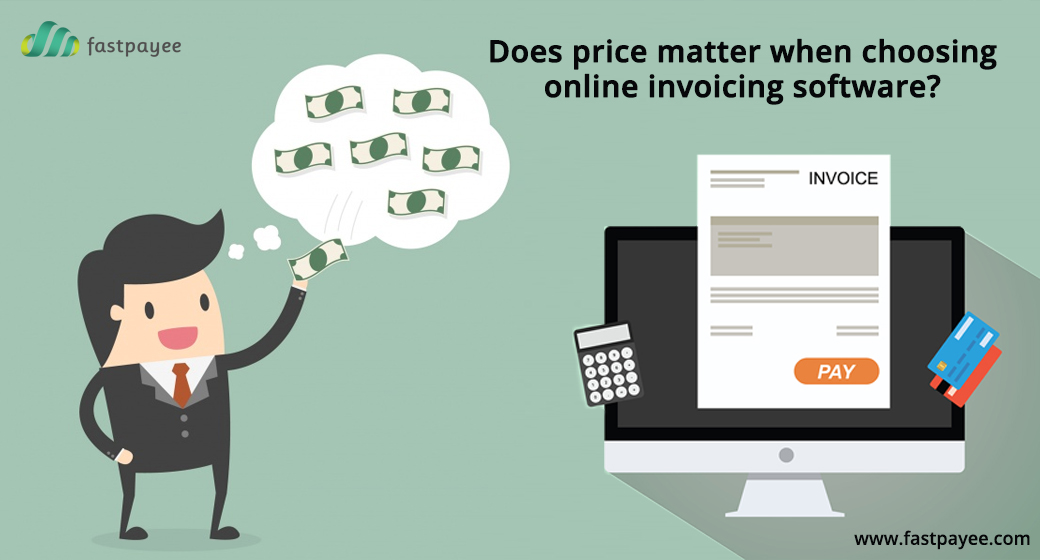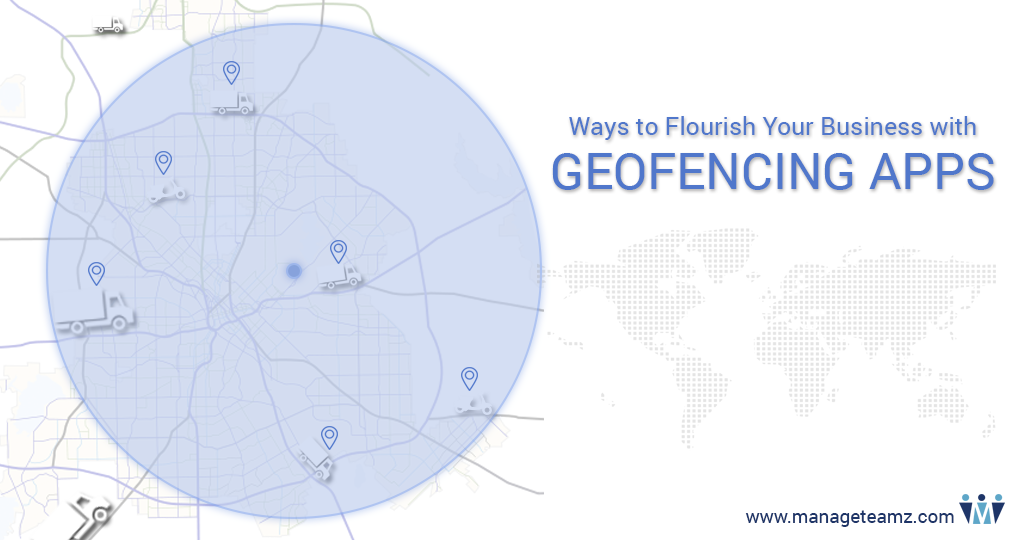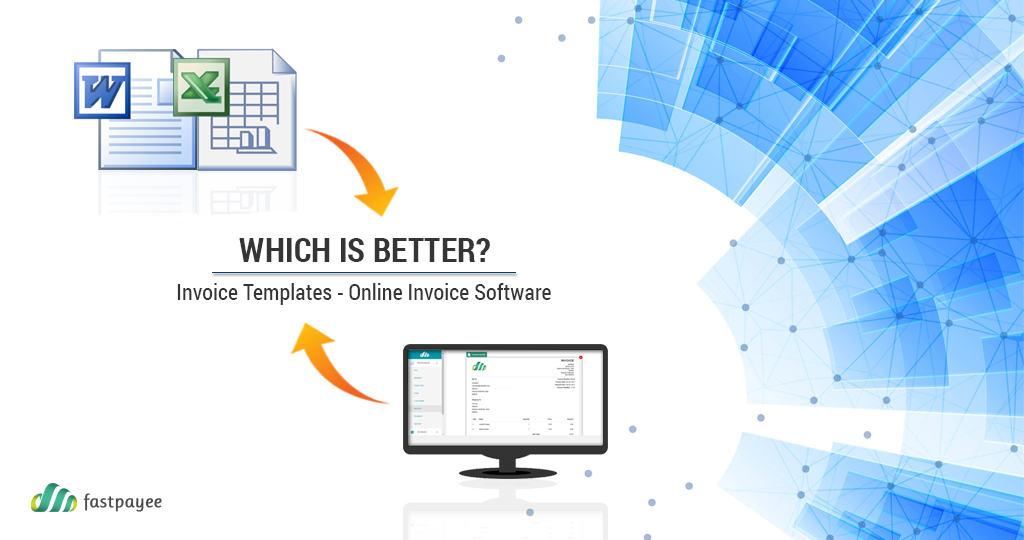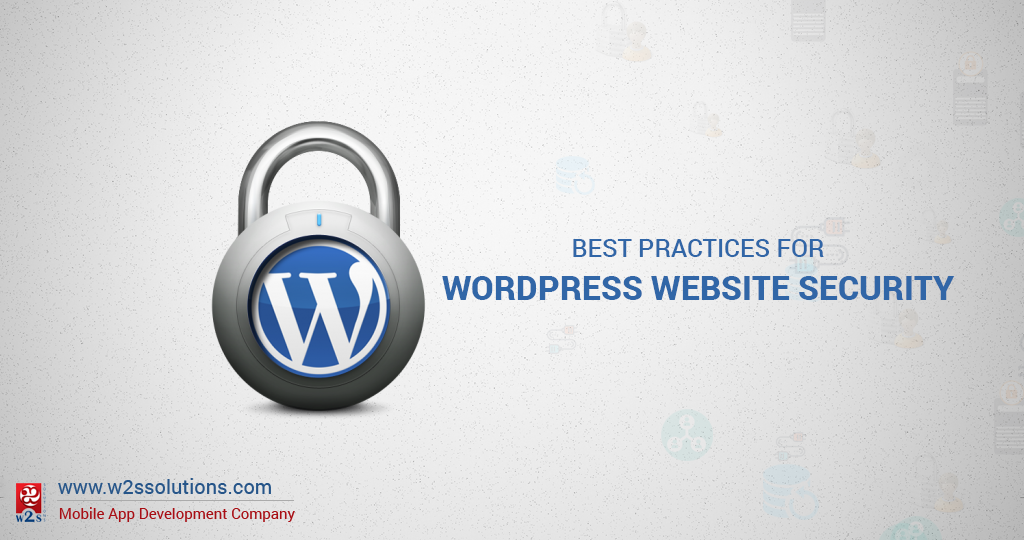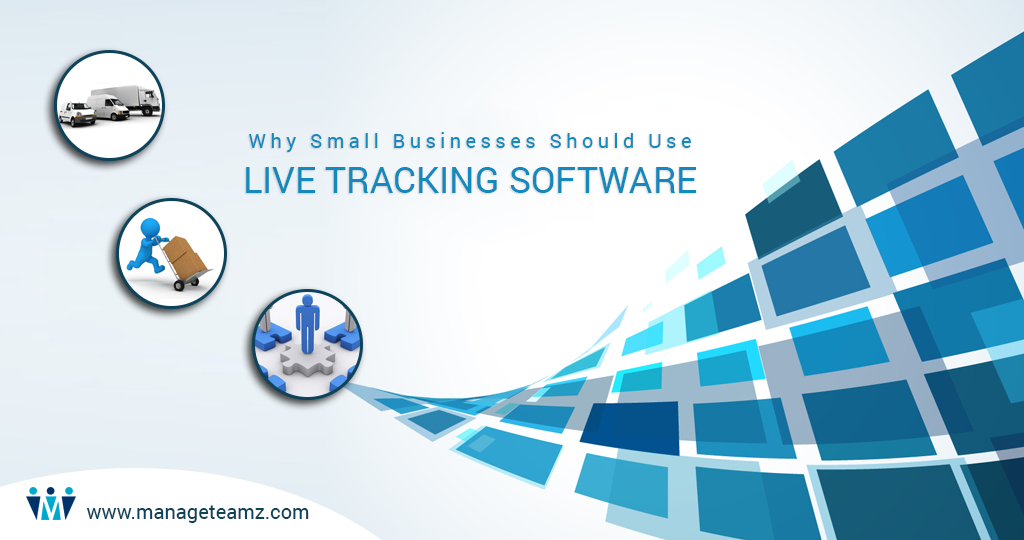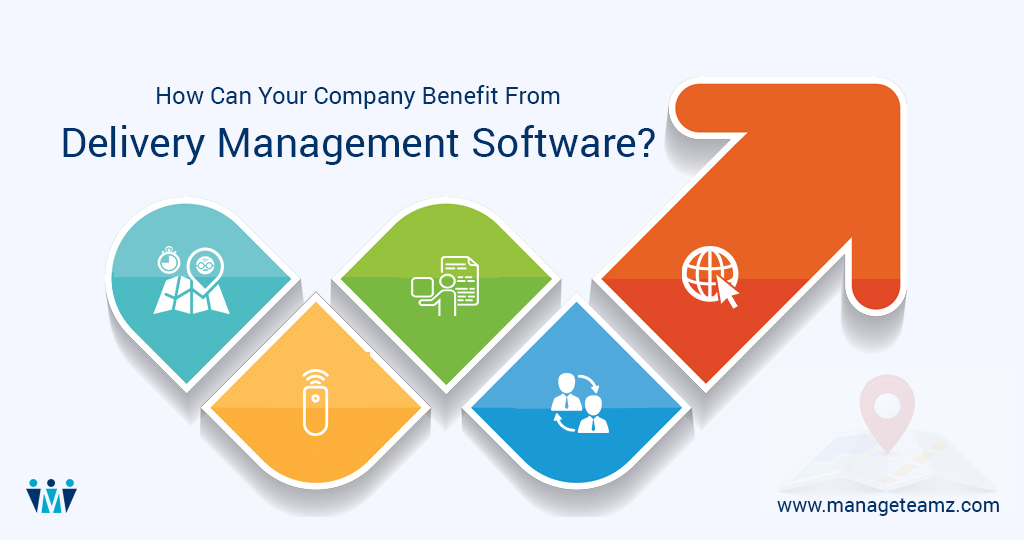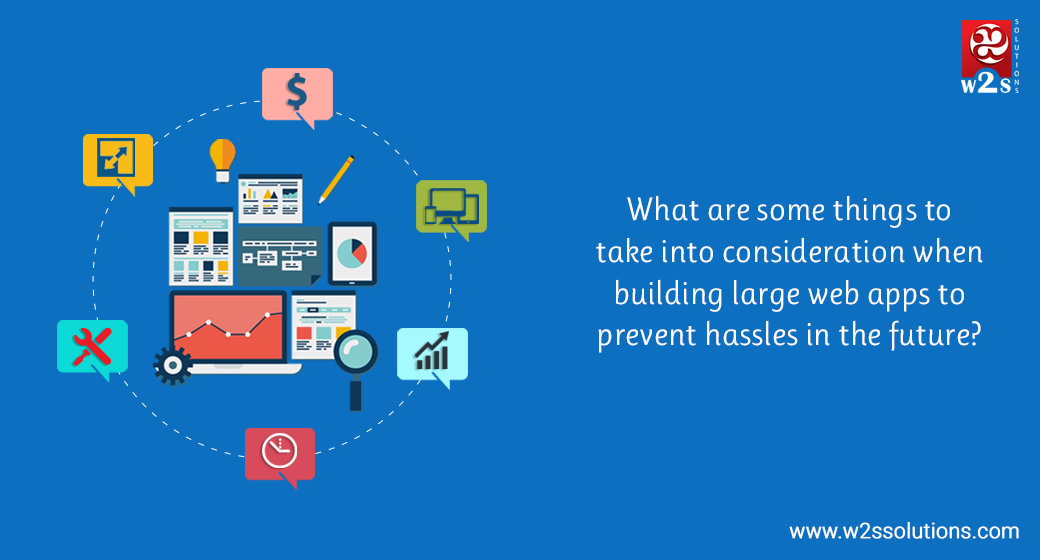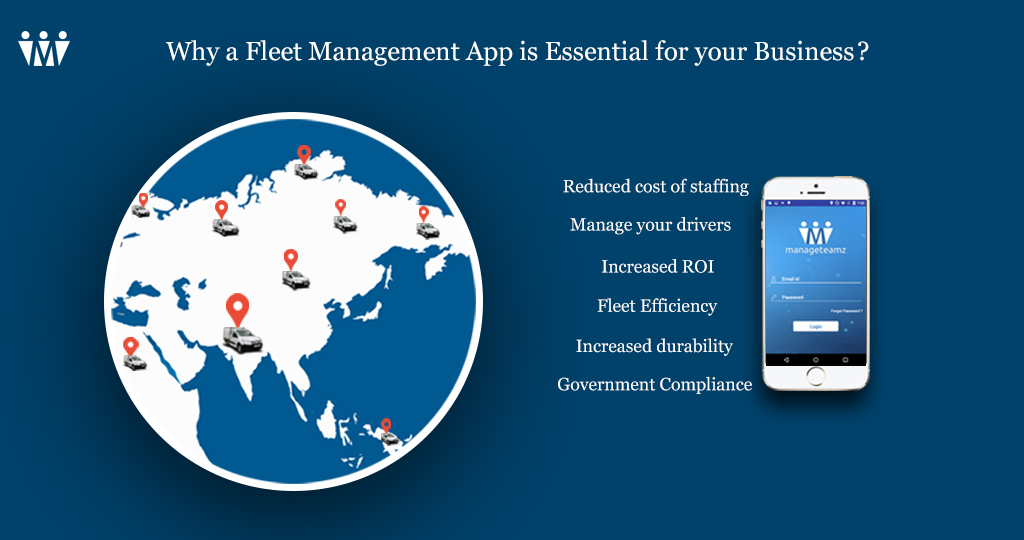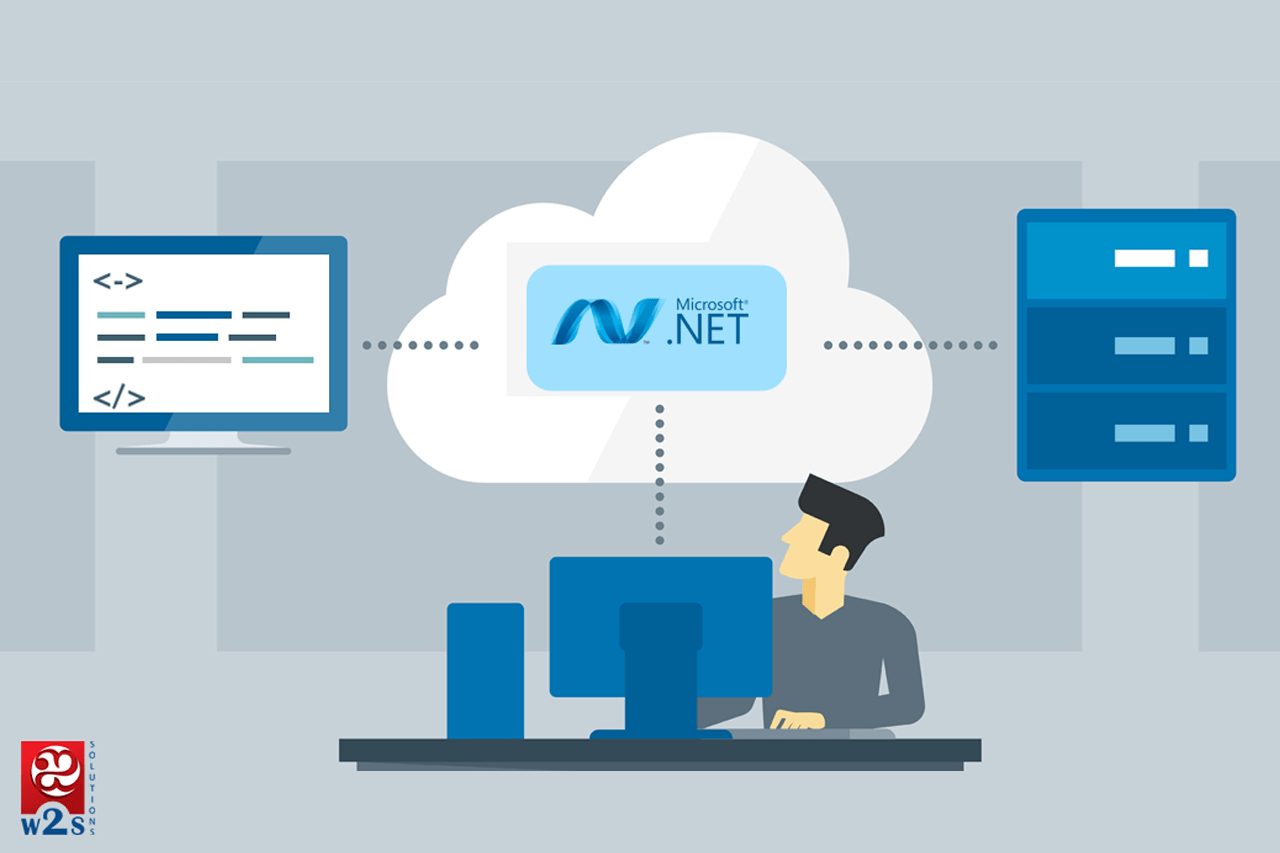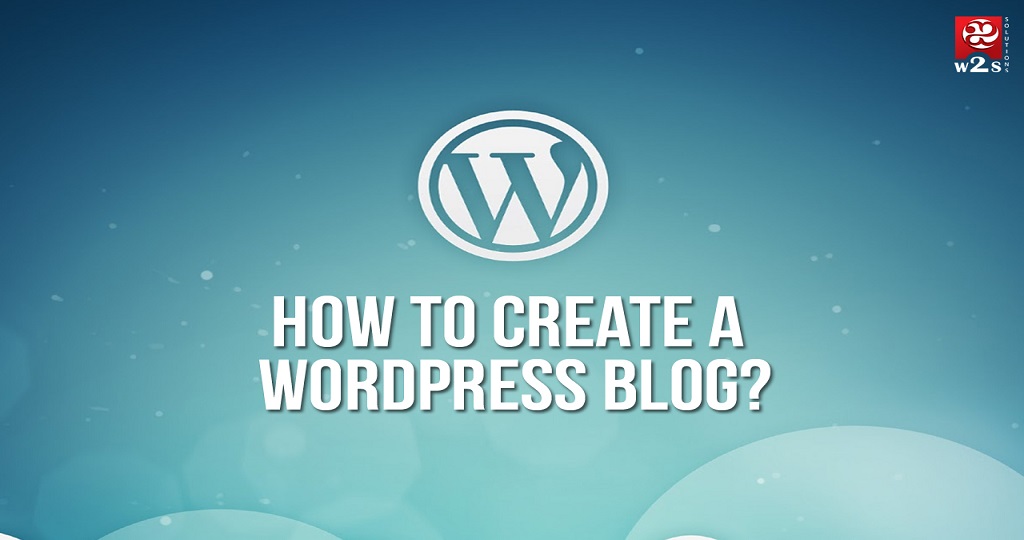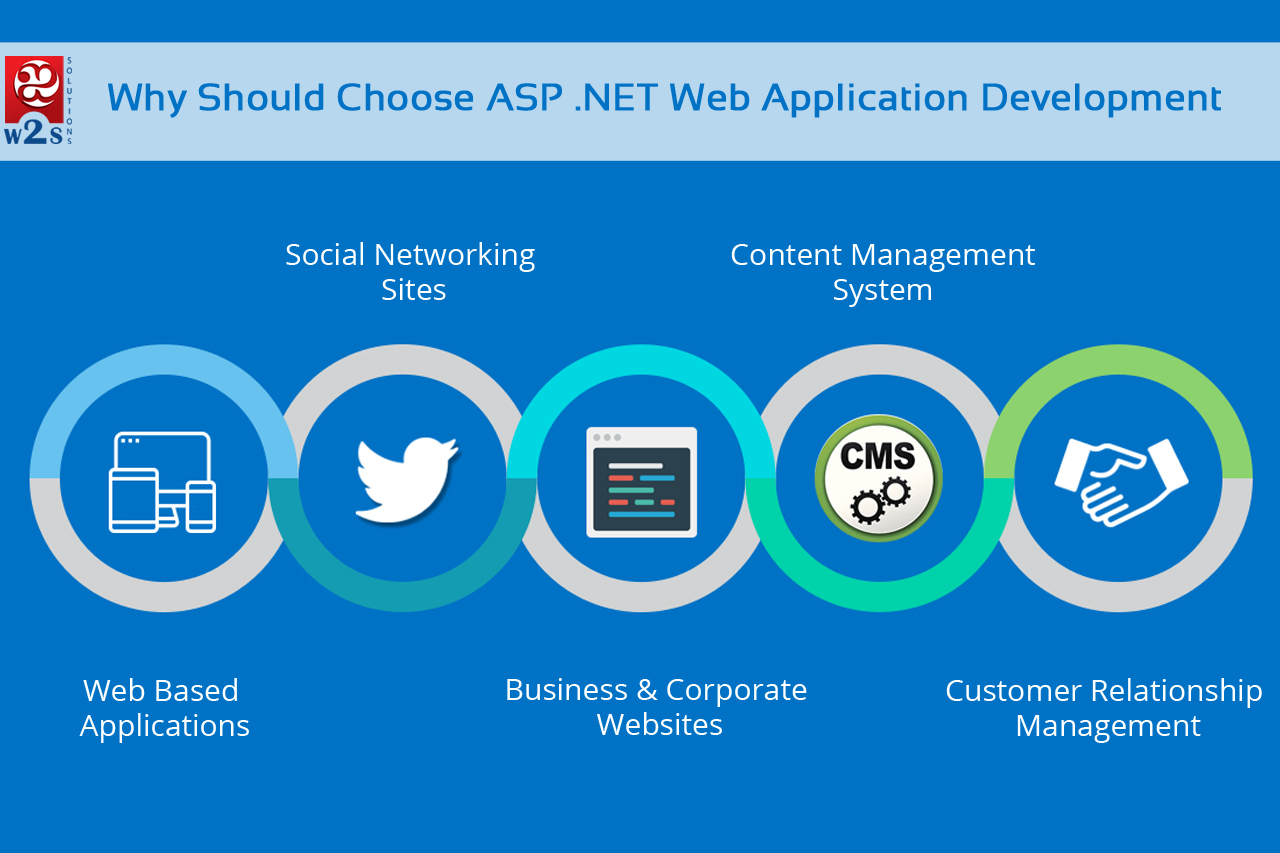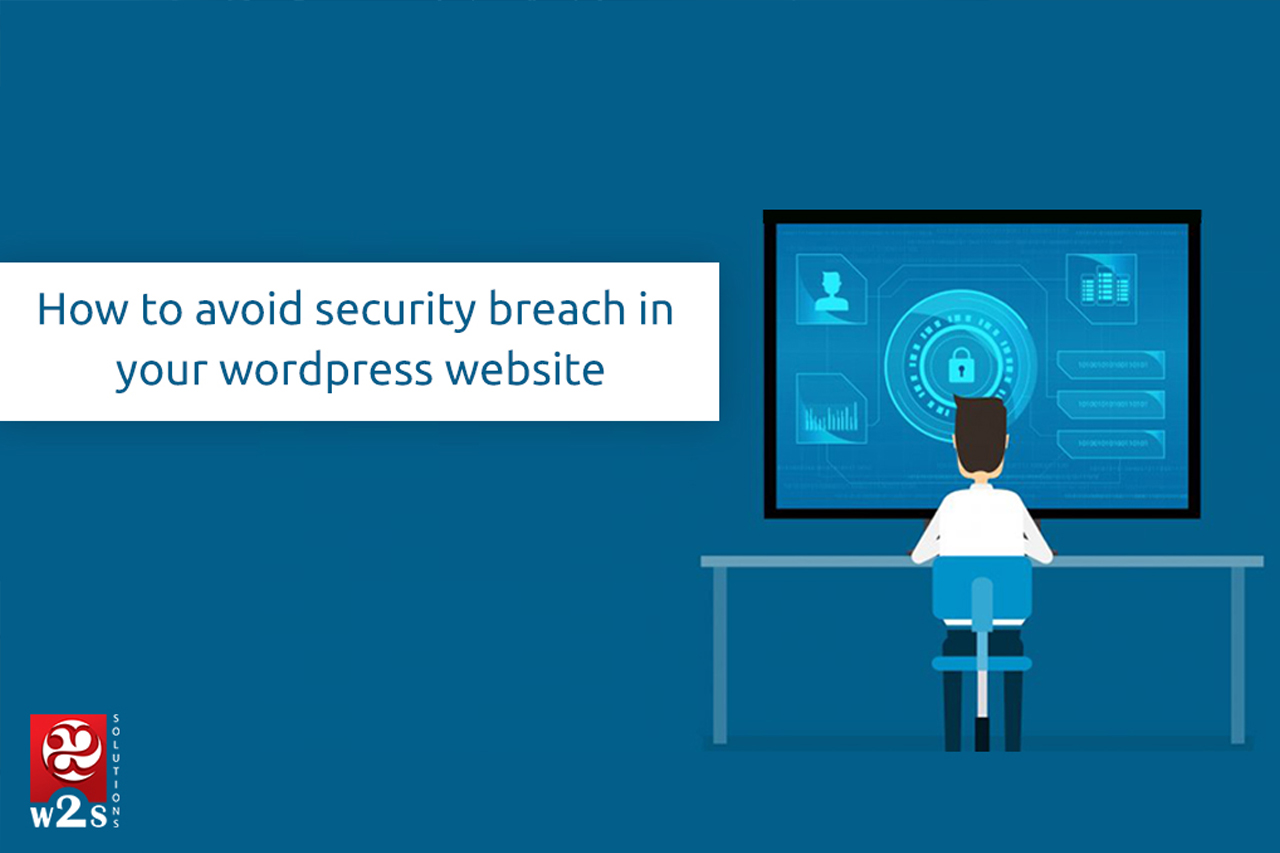TABLE OF CONTENT
Python web development offers two major frameworks, Flask and Django, each with its own strengths. Flask is a micro-framework, providing a minimalistic and flexible approach to building web applications. It offers just the essentials, allowing developers to choose and add components as needed. This makes Flask ideal for starting small projects or when you prefer a more hands-on approach to development, giving you control over the architecture and tools you use.
On the other hand, Django is a full-stack framework, offering a comprehensive suite of built-in features and tools. It’s like an all-in-one package for web development, making it well-suited for an enterprise software development company that deals with complex projects and larger applications. Django provides a structured and organized approach to development, which can save time and effort when building feature-rich web applications.
When choosing between Flask and Django, consider the size and complexity of your project as well as your personal preferences as a developer. Flask is great for smaller projects or when you want more control, while Django shines in larger, more intricate applications where its built-in capabilities can streamline development. Ultimately, this comprehensive web development guide helps you choose the right framework, especially if you are planning to work with a web development company. Before choosing the right framework for your project, let’s get to know what these two frameworks have to offer.
Flask and Django – What are they?
Flask and Django are two open-source tools for building websites with Python. Django is like a big toolbox that can do everything you need for a website, while Flask is a smaller toolbox that you can customize and add tools to as you like.
Flask
Flask, created by Armin Ronacher in 2010, is a lightweight web framework for Python. It’s known as a micro-framework because it doesn’t rely on many external libraries and gives developers the freedom to choose their own design patterns, tools, and databases. This flexibility is its key feature.
Flask’s popularity is on the rise because it fits well with the trend toward microservices and serverless platforms in web development. It’s used to build scalable web applications easily, thanks to its unique features, including a built-in development server, scalability, compatibility with Jinja2 templates, support for RESTful request handling, flexibility with databases, and more. Flask is also great for unit testing and straightforward deployment in production.
Django
Django, introduced in 2005, is a powerful framework designed to simplify the creation of complex websites driven by databases. Its primary goal is to make web development faster and more secure by handling repetitive tasks. This makes it an excellent choice for building robust applications without starting from scratch. One of its standout features is its ability to support various data formats like XML, HTML, and JSON, allowing developers to focus on their application’s logic.
Django is also known for its scalability and security, making it perfect for developing large-scale enterprise applications. It comes with a host of built-in features, supports various front-end tools, and boasts a vibrant and helpful user community. In summary, Django is a versatile and user-friendly framework that empowers developers to create high-performing web applications with ease.
Differences between Flask and Django
Django and Flask each have their own set of attributes and strengths.
Flask takes a minimalist approach. It offers developers more flexibility in structuring their applications, making it a good choice for MVPs (Minimum Viable Products) and small-scale projects. Flask has gained popularity for its speed, as it has fewer abstraction layers compared to Django. However, Flask’s flexibility comes at the cost of having to integrate third-party tools for various functionalities, which can pose security challenges. Flask excels in supporting static web apps with RESTful web services and is a favorite for integrating with existing complex backend systems. Uber, Netflix, and Pinterest are examples of companies that have utilized Flask in their projects.
On the other hand, Django is a robust and mature framework known for its comprehensive feature set. It follows the Model-View-Template (MVT) architecture, which divides applications into three parts: model (data handling), view (presentation logic), and template (UI). This architecture enforces a structured development approach. While Django allows developers to build apps quickly, it may be slower compared to Flask due to its numerous abstraction layers. It’s a full-stack framework, providing everything you need to get started. This makes it ideal for developing data-driven web apps and web applications with ORM (Object-Relational Mapping) support. Some notable companies using Django include Spotify, Instagram, and Dropbox.
In terms of security, Django is known for providing built-in security features to protect against common vulnerabilities like SQL injection and clickjacking. Flask, on the other hand, relies on developers to integrate external security tools and libraries, potentially increasing the complexity of securing applications. Both frameworks offer testing support, with Django providing a suite of testing tools, while Flask also offers integrated testing support.
Django is a mature, full-stack framework suitable for data-driven web apps and applications with ORM support, while Flask is a lightweight, flexible framework ideal for MVPs, small-scale projects, and integrating with existing backend systems. The choice between them ultimately depends on the specific needs and goals of your web development project.
When to use Which? – Flask vs. Django
Selecting the right framework for your website is crucial, just like choosing app features, programming language, and budget. Your decision can impact development costs and scalability as your app grows. Here’s a simplified understanding to help you decide when to use Flask or Django:
Use Flask When:
1. Starting from Scratch: If you prefer building from scratch with no dependencies, Flask is highly flexible and suitable for developing robust microservices.
2. Static Websites and Prototypes: Flask is a great choice for static websites, rapid prototypes, MVPs, and RESTful web services.
3. Serverless Computing: When working with serverless computing or intricate SQL queries, Flask provides granular control.
Use Django When:
1. Robust APIs and Social Networking: Django shines when you need to create robust APIs with the REST framework or dynamic social networking websites.
2. Enterprise-level Applications: It’s the best fit for building enterprise-level, data-driven apps with advanced personalization features.
3. ORM Support and Future Integration: Django is ideal for web apps with ORM support, API backends, and plans to integrate advanced technologies like Machine Learning.
Keep in mind that your choice between Flask and Django should align with your specific business context. You can even use both together based on your needs. Now that you understand when to use each framework, identify the problems your web app needs to solve in the context of Python development, and select the right framework accordingly.
Wrapping Up: Flask vs. Django – Picking the Perfect Framework
Flask and Django are both popular open-source Python web frameworks, each with its own strengths. Django is a robust full-stack framework, while Flask is a lightweight microframework. There’s no one-size-fits-all answer when choosing between them. It’s essential to make an informed decision rather than simply opting for familiarity or past experience.
Before embarking on a new software development project, it’s crucial to assess your specific requirements and select the framework that aligns best with your goals. At W2S Solutions, a leading app development company, we specialize in providing tailored solutions to meet your unique needs. When it comes to web development, we can help you make the right choice between Flask and Django based on your project’s objectives. Make your decision wisely, and you’ll be on the path to success.
Frequently Asked Questions
Get inspired!
Subscribe to our newsletter and get updates on how to navigate through disruption and make digital work for your business!
